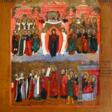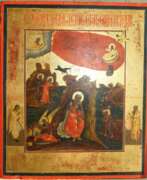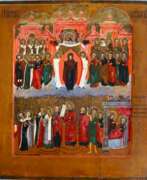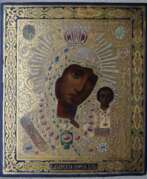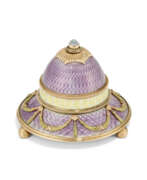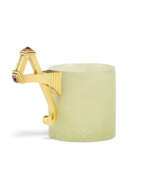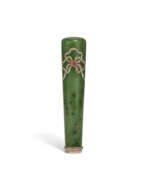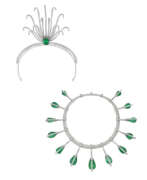Gold
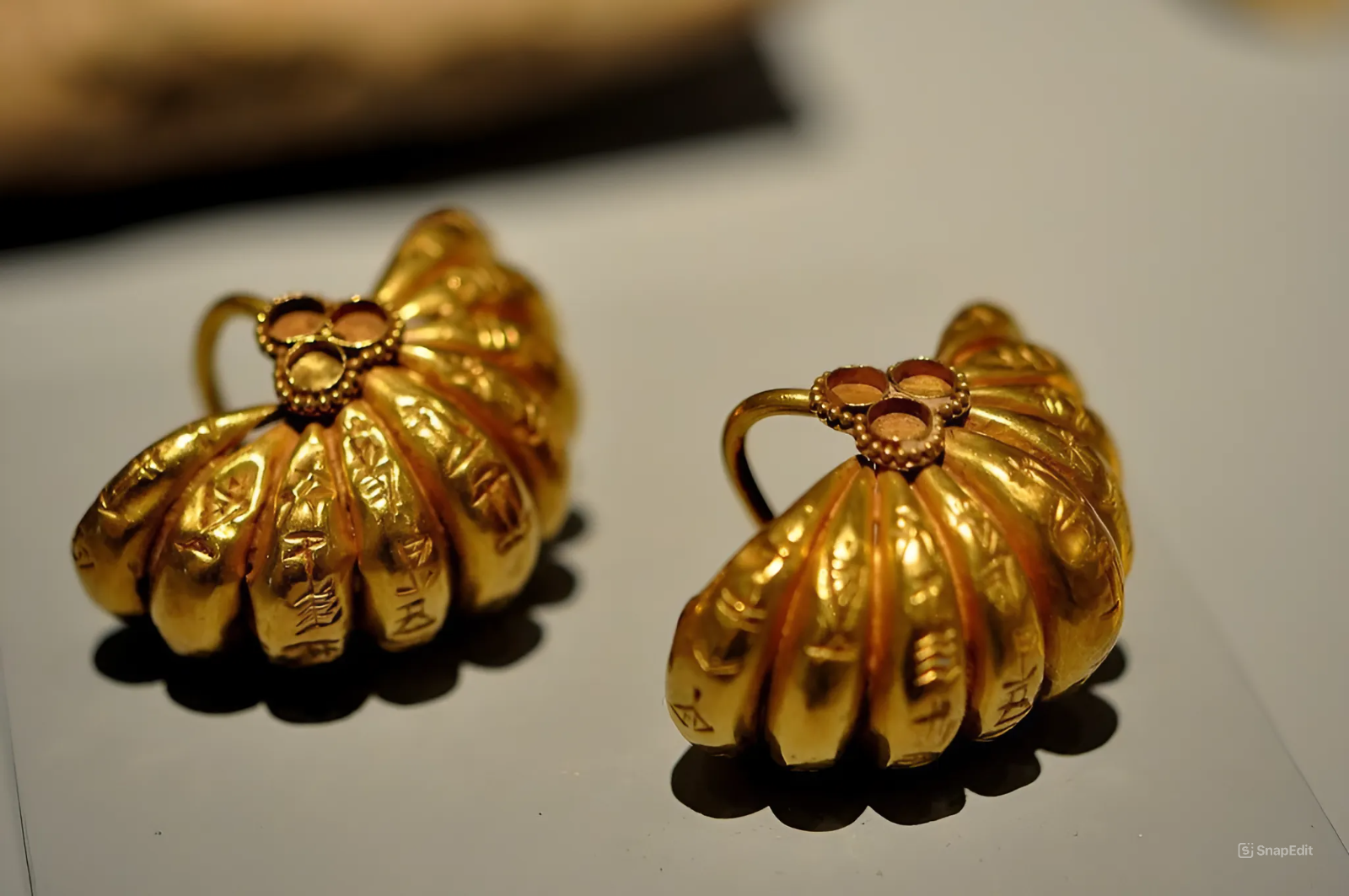
Gold
Gold has been a highly valued material in art for millennia due to its rarity, lustrous beauty, and resistance to tarnish. From ancient civilizations to contemporary art, gold has symbolized wealth, power, and divinity.
In ancient Egypt, gold was considered the "flesh of the gods" and was used extensively in jewelry, burial masks, and artifacts. The famous burial mask of Tutankhamun is a prime example, showcasing the Egyptians' skill in goldsmithing and their belief in the metal's divine properties.
During the Byzantine Empire, gold was used in religious art to symbolize heavenly light and the divine. Mosaics and icons adorned with gold leaf reflected candlelight, creating a sense of the sacred. This practice continued into the Medieval and Renaissance periods in Europe, where gold leaf was used in illuminated manuscripts and altarpieces, such as those by Giotto and Duccio, to depict religious figures with a radiant, holy presence.
In modern art, gold continues to captivate artists. Austrian Symbolist painter Gustav Klimt famously used gold leaf in his paintings to evoke opulence and sensuality, as seen in works like "The Kiss." Contemporary artists like Damien Hirst have also explored gold's material and symbolic significance, creating provocative works that question the value and meaning of art.
Gold's enduring appeal in art is evident in its diverse applications and the profound meanings it conveys. Whether highlighting the sacred or the luxurious, gold remains a powerful material in the art world.
For more updates on gold-related artworks and auction events, sign up for our newsletter to stay informed about the latest trends and sales in the art market.
| Country: | Africa, America, Asia, Australia, Europe |
|---|---|
| Start of the period: | VII century BC |
